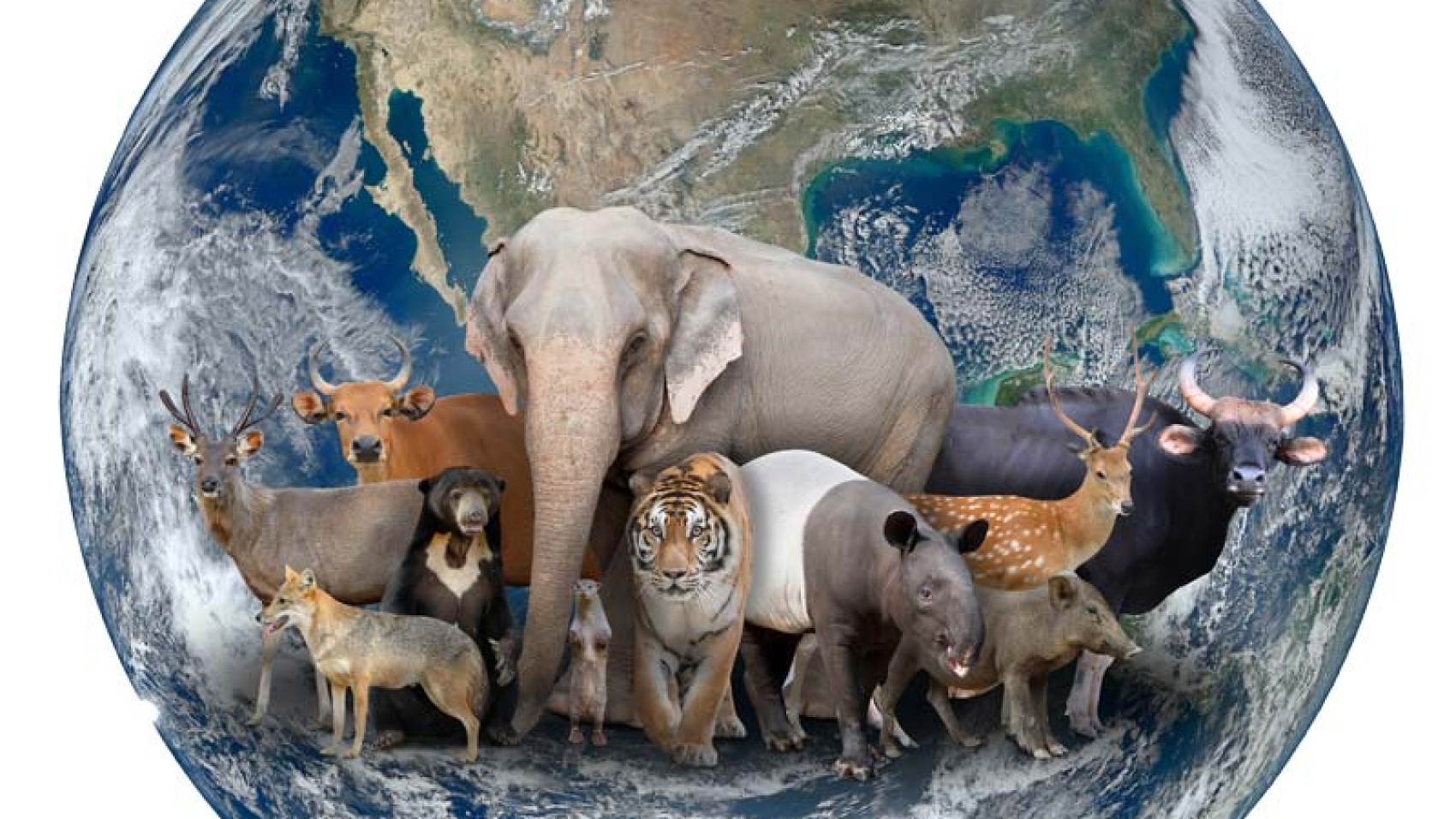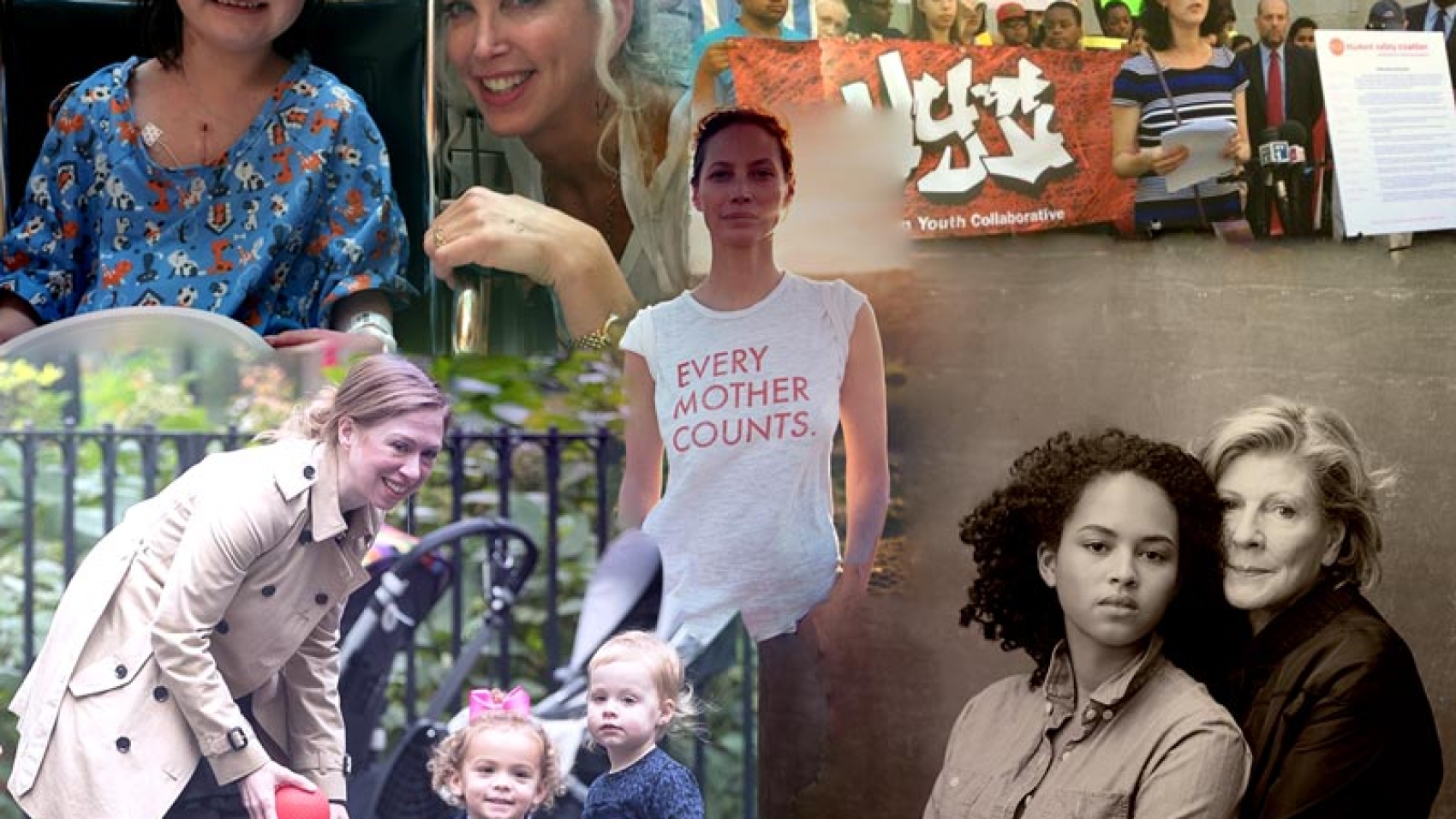Learning the 5 Cs from your pet
What Your Pet Can Do For You
We love our pets and they love us. Even if your animal darling is a fish called Wanda, the joys of having a friend from the animal kingdom are real and true. Pets are powerful! I have to smile at the growing number of quips about watching pet videos when the world becomes too much to bear. In homes and offices across the land, people are tuning in to the world of animals for sweet relief. The work is too hard, too much, too stifling? The boss is cranky? The people unkind? The news horrendous? Check out the latest kitten and puppy antics online to soothe your soul!
One friend of mine shares news of heart-rending current events, followed by heart-warming videos of her cats playing in their favorite cardboard boxes. Her message? No matter what troubles the world is suffering, the animals remind us of our essential consciousness. They remind us not to lose heart or forget that love rules our existence. Love does and will conquer all. We love our pets and they love us. And in this exchange, our animals give us an amazing array of gifts that help us grow in spirit and live up to our responsibilities as their human partners.
The spiritual gifts we receive from our contact with animals are immeasurable, but we can focus our attention on a few core values. Here are five of the gifts we enjoy from our pets each day:
1. Companionship – Who is always waiting for you to appear and ready to show affection and enthusiasm for your presence? Even Wanda may do pirouettes in her fish tank when you peer in to check on her wellbeing. Pets provide company in the world whether we are walking, talking, sleeping, watching TV, working, socializing, or eating. Dogs especially love to be present while we are eating and I’m ashamed to admit I had a cat named Ginger that I let sit in the middle of the kitchen table during dinner. Pets increase our connection to the world by bringing out the best in us and bringing us into social settings from a walk in the park to the pet supply store to the veterinary office. Here we focus our caring attention on our animals and take a healing break from our own concerns. Animals can help us build communication skills in our efforts to understand and be understood. They can draw strangers to us to share our mutual love for the animal kingdom.
2. Comfort –We all need unconditional love, and sometimes we need a role model to remind us how love feels. The physical touch you experience with your pet can heal and soothe. Petting your dog or cat or horse or rabbit can help you feel less stressed, more at peace. Employees from one company I know make regular visits to a nearby animal shelter to play with the pets who are waiting there for permanent homes. The visitors report receiving as much comfort and joy from petting the animals as the pets so obviously do. Volunteers are always welcome at shelters to comfort the animals and expand their own hearts. Pets find homes more easily when they have opportunities to give and receive love. Researchers at the University of Missouri-Columbia found that petting a dog can spark production of two calming hormones that help you feel more relaxed. The unconditional love we receive from our animals helps build a self-esteem and self-acceptance that enables us to bring our better angels forth in everything we do. Loving family support heals us, even if we are talking “animal family.”
3. Courage – Animals are brave in defense of their loved ones, their homes, and one another. What is your favorite classic story of pet loyalty, unconditional love, courage, and steadfastness? From Black Beauty to The Incredible Journey, animal strength and courage lie at the heart of many of our most beloved tales. Today, you’ll find hundreds of true accounts of animal valor online—animals who have saved lives from war zones to their own backyards. Our animals remind us of what we wish to be: unselfish, loyal, joyful in simplicity, present in the moment, unworried, courageous, and unconditionally loving. We need role models for living, for keeping on under all circumstances, for fortitude. Our pets keep us grounded and focused on the things that really matter.
4. Caretaking – Animals teach us the important spiritual lesson of taking care. Although we are mostly providing the food and shelter, our pets are giving us the opportunity to do so. They don’t supply a share of the rent or provide any financial support, but in caring for them, we grow in empathy and responsibility. The fact is that we are our brothers’ (and sisters’) keepers in this world. We are stewards of the Earth and protectors of the animals. It is a role we are called to honor and we grow in spirit when we carry out our duties faithfully. Taking care of pets expands our powers of nurturing and giving and builds empathy. The ability to recognize the needs of other living creatures and to see the connections between us all helps create an atmosphere of caring and compassion. Isn’t that just what the world need now?
5. Comedy – Lastly, I probably don’t need to remind you that we have fun with our pets, and fun is a spiritual gift, too! Never forget the healing and restorative value of laughter. Remember those pet videos? Our pets are natural comedians who know how to delight us with their innocence and inquisitiveness and just plain cuteness. Laughter heals us and returns us to a state of innocence. We experience present moment awareness –where our pets always dwell. They provide a special kind of happiness by encouraging us to love freely, live joyfully, and maybe even roll around on the grass or run through the sprinklers.
Thank you, animal kind, for all the blessings of your presence! If you’re seeking a deeper connection with pets and animals, checkout my course, Communicating with Pets and Animals.




